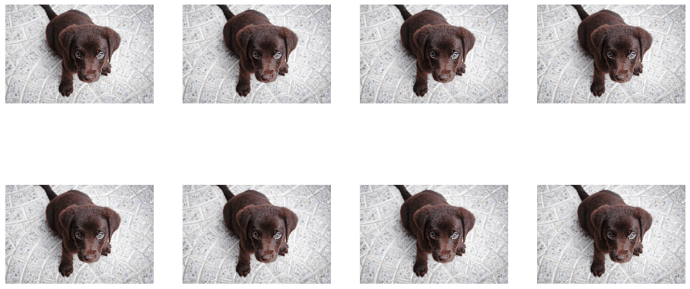Hi!
I am trying to implement rgb_randomize in fastai2 following Sylvain suggestion. This is my first try to do something like this so I am a bit lost. I am trying to reuse some of the code from fastai1, which is:
def _rgb_randomize(x, channel:int=None, thresh:float=0.3):
"Randomize one of the channels of the input image"
if channel is None: channel = np.random.randint(0, x.shape[0] - 1)
x[channel] = torch.rand(x.shape[1:]) * np.random.uniform(0, thresh)
return x
rgb_randomize = TfmPixel(_rgb_randomize)
class TfmPixel(Transform):
"Decorator for pixel tfm funcs."
order,_wrap = 10,'pixel'
However, fastai1 and fastai2 implementations are quite different (at least for me  ). As I understand from the fastai2 09_vision.augment notebook, the structure to implement it should be something like:
). As I understand from the fastai2 09_vision.augment notebook, the structure to implement it should be something like:
- Define class:
class _rgb_transform():
def __init__(self, channel:int=None, thresh:float=0.3):
store_attr(self, 'channel,thresh')
def before_call(self, x):
[...]
def __call__(self, x): return [...]
- Add it to
lightingclass?
@delegates(_rgb_transform.__init__)
@patch
def rgb_transform(x: TensorImage, **kwargs):
func = _rgb_transform(**kwargs)
func.before_call(x)
return x.lighting(func)
- Define
rgb_randomizefunction
def rgb_randomize(x, channel:int=None, thresh:float=0.3):
"Randomize one of the channels of the input image"
return LightingTfm(_rgb_transform(channel,thresh))
Is my understanding correct? I am sure that this could be wrong in a lot of ways. Any advice that shed some light on it would be very welcome.



